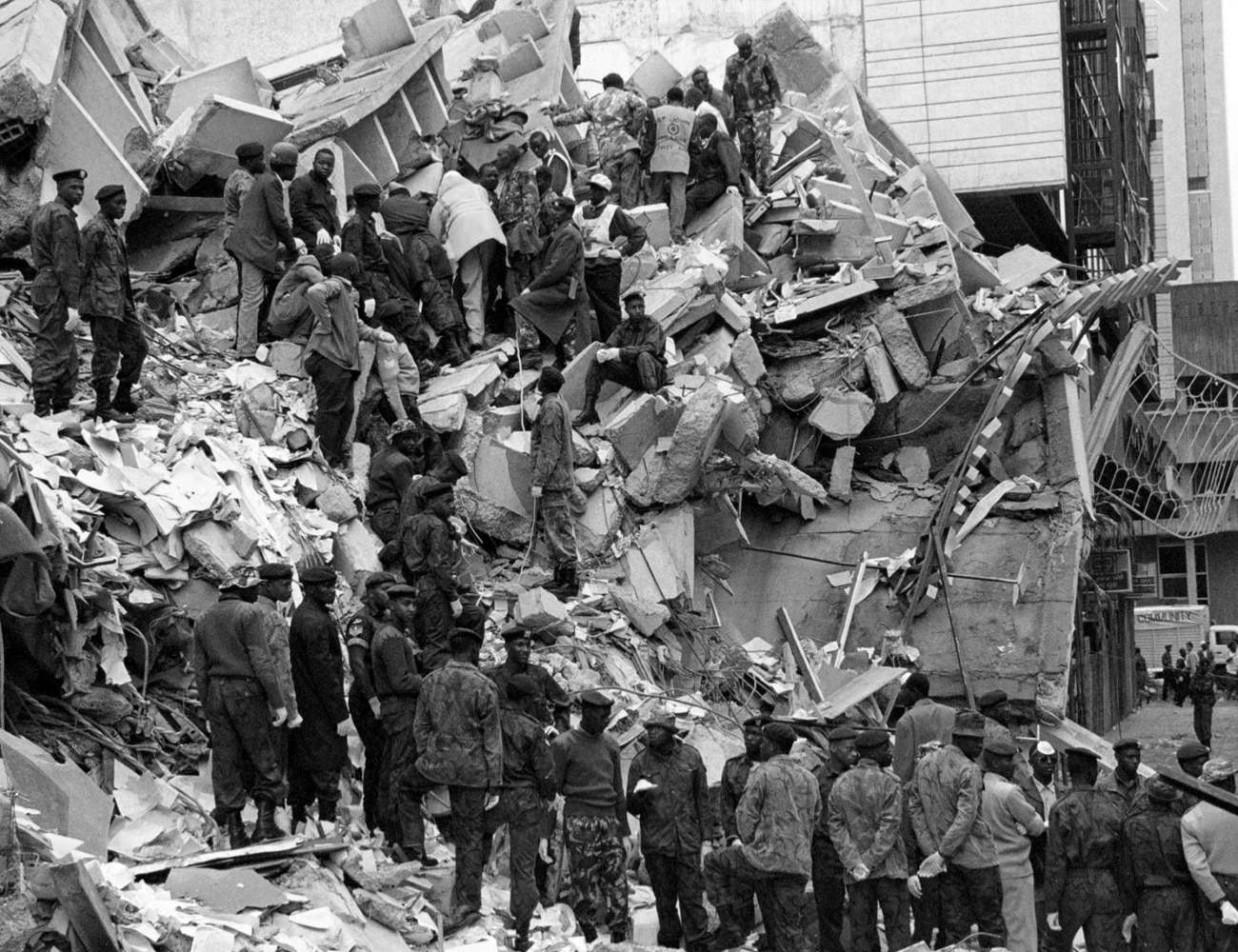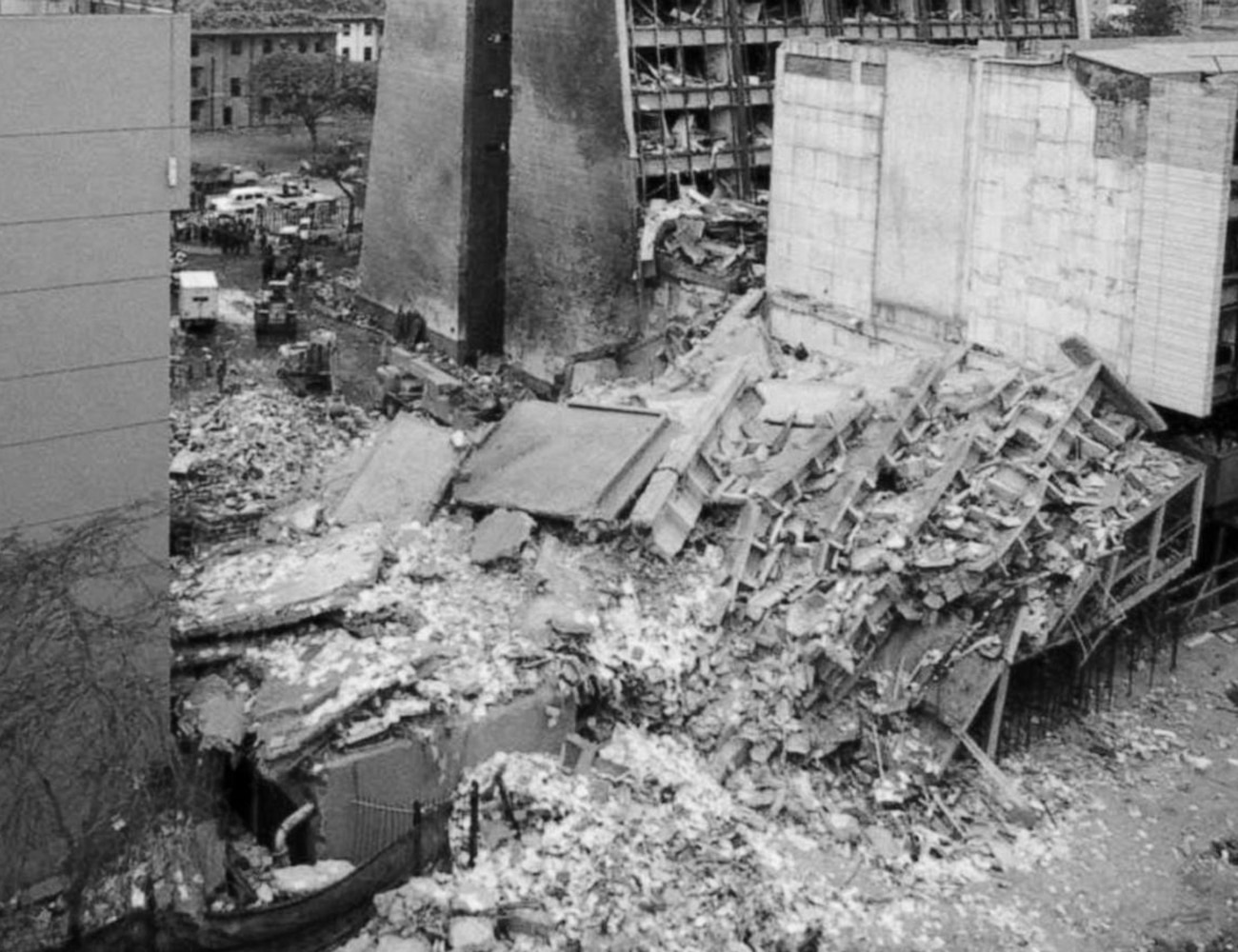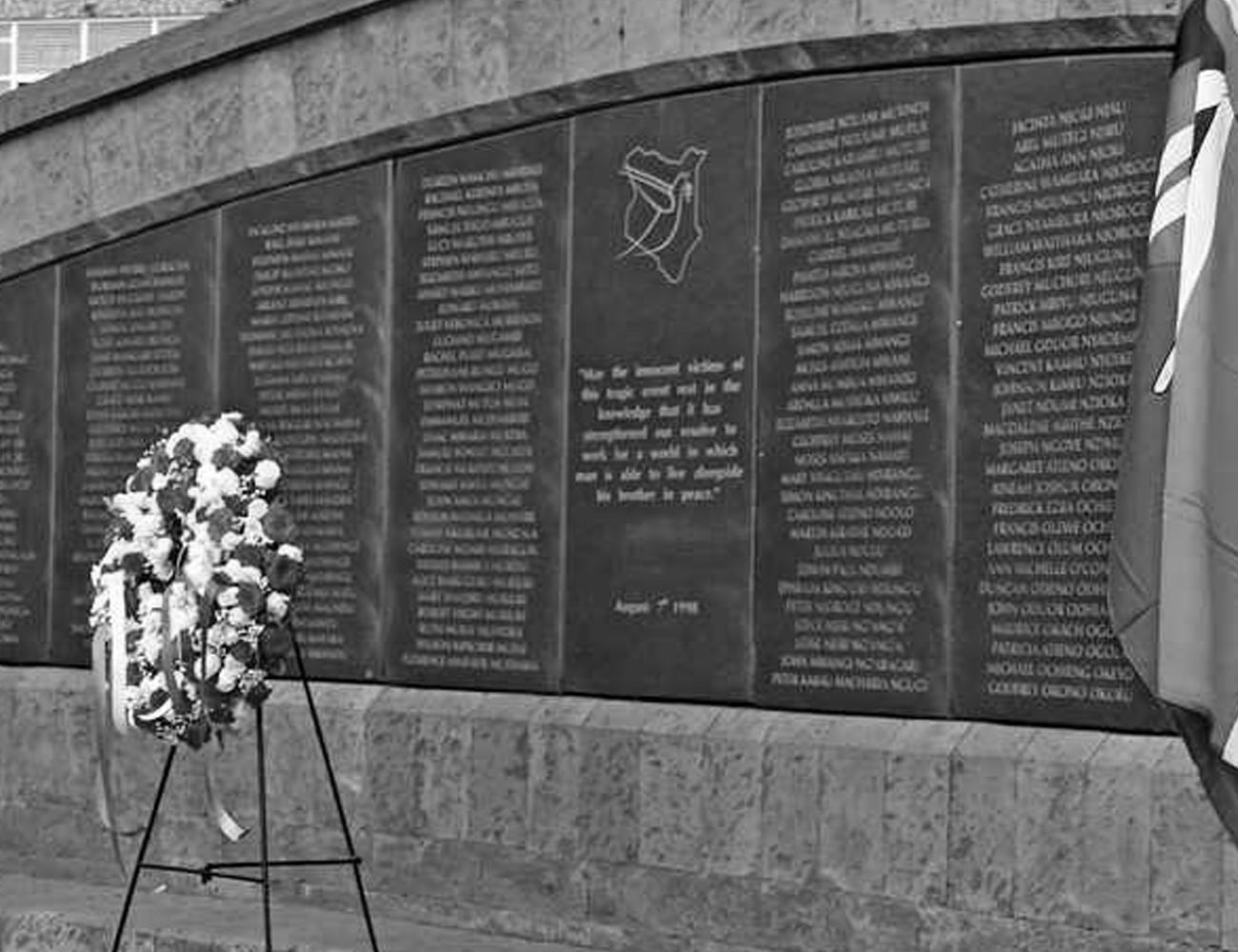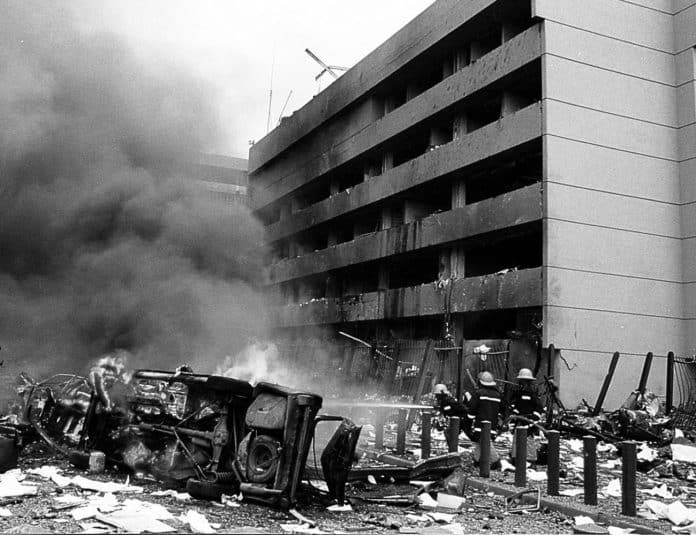Unmasking the Untold Stories: Inside the Devastating US Embassy Bombings in Kenya and Tanzania
In the realm of international terrorism, few events have left as deep a scar on the global stage as the us embassy bombings in Kenya and Tanzania. Today, we will delve into the specific details: When were the us embassies in Kenya and Tanzania bombed ? What are the untold stories behind these horrific acts of terrorism? We will also be shedding light on the events leading up to the bombings and the aftermath that followed. Step by step, we unveil the motives and methods of the Al-Qaeda operatives responsible for these heinous acts, drawing insights from survivor accounts, official investigations, and expert analysis. Join us on this gripping journey as we unmask the chilling details of the US embassy bombings in Kenya and Tanzania and explore the lasting impact they had on counter-terrorism efforts.
Historical context: Events leading up to the bombings

The Kenya and Tanzania embassy bombings did not happen in isolation. To understand the full gravity of these attacks, we must delve into the historical context that led up to them. In the 1990s, Al-Qaeda, a radical Islamic extremist group led by Osama bin Laden, was gaining strength and influence. Bin Laden had declared a holy war against the United States, and the US embassies in Kenya and Tanzania would become tragic targets.
The bombings were not spontaneous acts of violence but the result of meticulous planning and coordination. These simultaneous attacks took place on August 7, 1998, and unleashed an unprecedented level of devastation and loss of life. Al-Qaeda operatives scouted the embassies, gathering intelligence and identifying vulnerabilities. They exploited weaknesses in security systems, making the bombings all the more devastating. The attacks were intended to send a clear message: no one was safe from Al-Qaeda’s reach.
The planning and execution of the attacks
The US Embassy bombings were executed with chilling precision. Al-Qaeda operatives, under the guidance of their leaders, carefully orchestrated every aspect of the attacks. They used a combination of powerful truck bombs and suicide bombers to maximize the destruction. The bombs were strategically placed to cause maximum casualties and damage to the embassies and surrounding areas.
The execution of the attacks was swift and devastating. In Nairobi, the capital of Kenya, the US Embassy was reduced to rubble, with countless lives lost and many more injured. A similar scene played out in Dar es Salaam, the capital of Tanzania, where the US Embassy was similarly targeted. The sheer scale of the destruction was unimaginable, leaving a lasting scar on both countries and the international community.
Impact and aftermath of the bombings

The impact of the US Embassy bombings reverberated far beyond the immediate destruction. The attacks sent shockwaves through the global community, highlighting the vulnerability of diplomatic missions and the need for enhanced security measures. Governments around the world were forced to reevaluate their counter-terrorism strategies and implement stricter security protocols at embassies and other high-value targets.
The aftermath of the bombings was marked by grief, anger, and a determination to bring the perpetrators to justice. The international community rallied together, offering support and assistance to Kenya and Tanzania in their time of need. The bombings also served as a wake-up call, prompting increased cooperation and intelligence sharing among nations in the fight against terrorism.
Uncovering the untold stories: Survivors’ accounts
Behind the headlines and statistics lie the untold stories of the survivors of the US Embassy bombings. These individuals experienced firsthand the horrors of the attacks and their lives were forever changed. Their stories shed light on the resilience of the human spirit and the strength of communities coming together in the face of tragedy.
Survivors’ accounts provide valuable insights into the chaos and confusion that followed the bombings. They recount the moments of terror, the heroic acts of strangers, and the long road to recovery. These stories serve as a testament to the indomitable human spirit and the power of hope in the face of adversity.
Investigative efforts and pursuit of justice
In the aftermath of the bombings, an intensive investigation was launched to identify and bring the perpetrators to justice. The FBI, working in collaboration with local authorities and international partners, painstakingly pieced together the evidence. The investigation revealed the involvement of Al-Qaeda operatives and their network of supporters.
The pursuit of justice was not without its challenges. The perpetrators had carefully covered their tracks, leaving investigators to navigate a complex web of international connections. However, through perseverance and cooperation, those responsible for the attacks were identified and brought to trial, facing the full force of the law.
Lessons learned and changes in embassy security
The US Embassy bombings served as a wake-up call for diplomatic missions worldwide. The attacks exposed significant gaps in embassy security and prompted a comprehensive review of existing protocols. As a result, significant changes were made to enhance security measures, both physical and digital, to ensure the safety of embassy personnel and the public.
Embassies implemented stricter access control measures, upgraded surveillance systems, and increased the training of security personnel. The bombings also highlighted the importance of intelligence sharing and cooperation among nations in the fight against terrorism. The lessons learned from these tragic events continue to shape embassy security protocols to this day.
Commemorating the victims: Memorial sites and events

To honor the memory of the victims and ensure that their stories are never forgotten, memorial sites and events have been established in Nairobi and Dar es Salaam. These sites serve as a reminder of the lives lost and the resilience of the survivors. They provide a space for reflection, remembrance, and healing.
The memorials stand as a testament to the human spirit and the strength of communities coming together in the aftermath of tragedy. They serve as a reminder that, while we cannot change the past, we can honor the memory of those who perished and work towards a future free from the scourge of terrorism.
The legacy of the US Embassy bombings
The US Embassy bombings in Kenya and Tanzania left an indelible mark on the world. They served as a turning point in the fight against terrorism, forcing governments and organizations to reassess their strategies and priorities. The attacks underscored the need for global cooperation and coordination to combat the evolving threat of terrorism.
The legacy of the bombings also lies in the resilience and strength of the survivors and the communities affected. Their stories inspire hope and serve as a reminder that, even in the face of unimaginable tragedy, humanity can prevail.
Remembering the victims and honoring their memory
As we reflect on the untold stories behind the US Embassy bombings in Kenya and Tanzania, let us remember the victims and honor their memory. These individuals, whose lives were cut short by senseless acts of violence, deserve to be remembered not only for the tragedy they endured but also for the strength and resilience they exhibited.
The US Embassy bombings serve as a stark reminder of the ongoing threat of terrorism and the need for continued vigilance. They remind us that no matter how dark the times may seem, it is through unity, resilience, and a commitment to justice that we can overcome the forces that seek to divide us. Let us never forget the untold stories, and let us work together to build a future free from the horrors of terrorism.
For more articles related to Politics in Tanzania, click here!


































